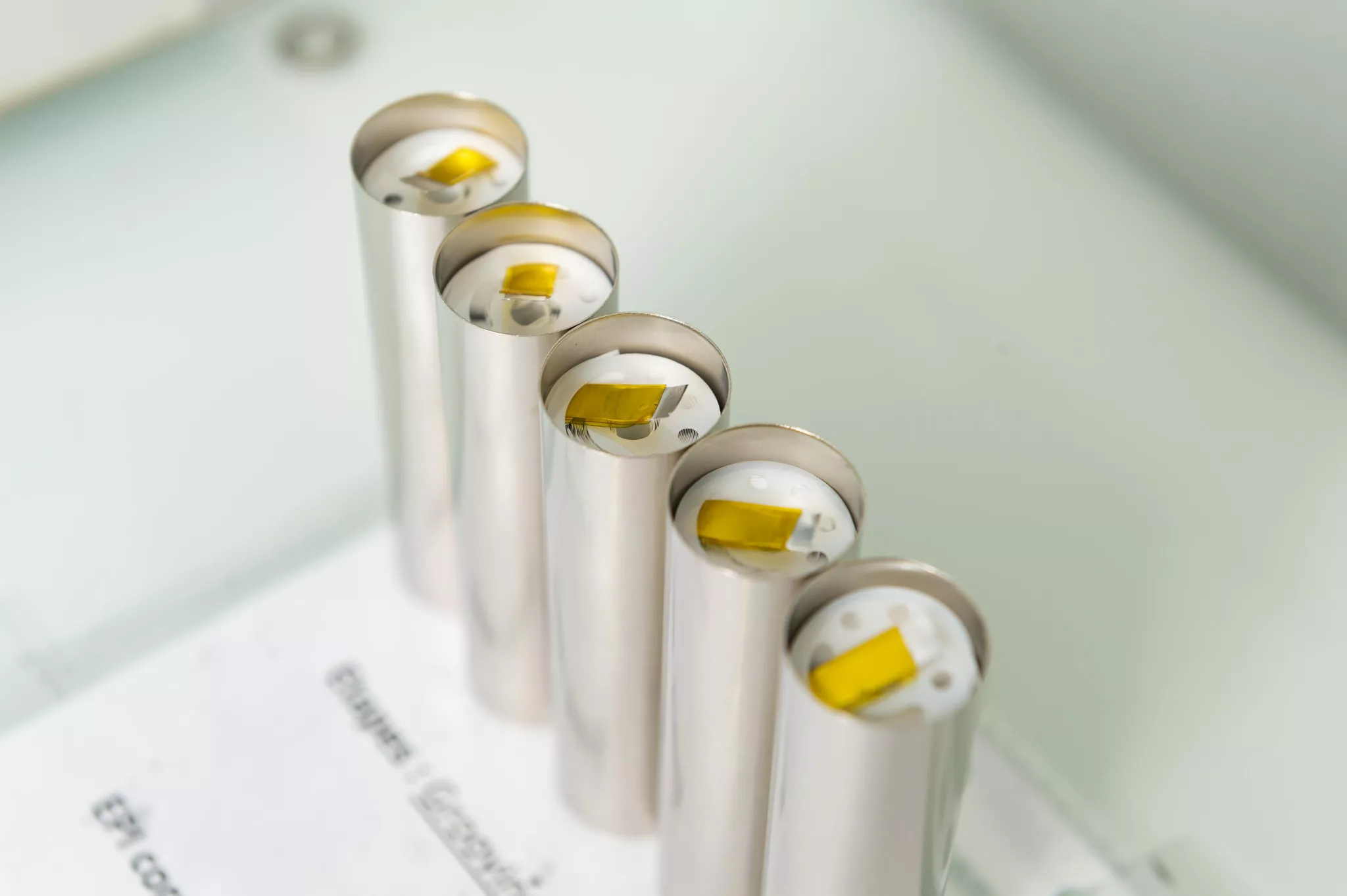Na-ion batteries can make good use of the anionic redox
While the European Union is strengthening its environmental criteria for the production and the commercialization of batteries in its territory, researchers are encouraged to develop alternatives to Li-ion batteries that are more respectful of our planet. One of the alternatives is the Na-ion technology used today for power applications. Its energy density is still too low to compete with Li-ion for autonomy applications.
In order to overcome this problem, an international team led by Prof. Tarascon, director of the RS2E, applied to the Na-ion technology a concept derived from the Li-ion technology, the anionic redox phenomenon. The latter, which involves additionnal oxidation-reduction reactions in the cathode during the charging and discharging of the battery, allows an increase in the reversible capacity of the material. This can be used to assemble a Na-ion battery with a higher energy density.
The first step of the study is to identify and synthetize a cathode material with a good capacity and whose structure would be compatible with the phenomenon of anionic redox. The details of the process can be found in the article published in Nature Materials.
The chosen material is a lamellar Na-rich oxide (NaLi1/3Mn2/3O2). The study of this oxide using several characterization techniques shows that the material has an interesting reversible capacity of 190 mAh.g-1 and does not show any voltage fading over a large number of cycles. NaLi1/3Mn2/3O2 is also stable to humidity, which is uncommon for stoichiometric Na-based lamellar compounds.
However, these advantages are marred by a significant hysteresis phenomenon (lose of energy between the charge and discharge of the material). If this problem is to be solved, the work presented above can help the research community in the field of Na-ion batteries to design new cathode materials using the anionic redox to achieve high energy density.

---
References:
Unlocking anionic redox activity in O3-type sodium 3d layered oxides via Li substitution
Qing Wang et al.
Nature Materials, 11/01/20, DOI : 10.1038/s41563-020-00870-8
Contact : jean-marie.tarascon@college-de-france.fr